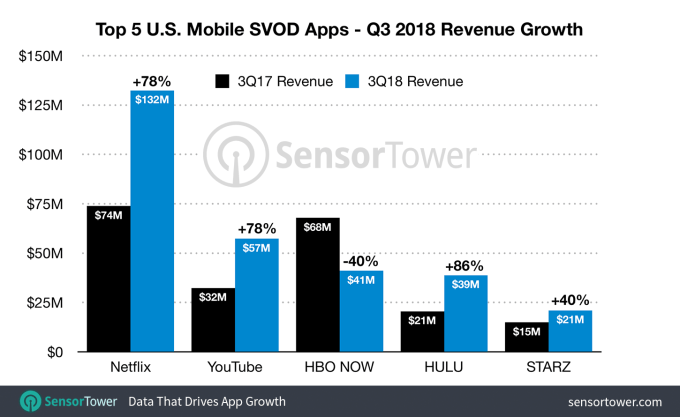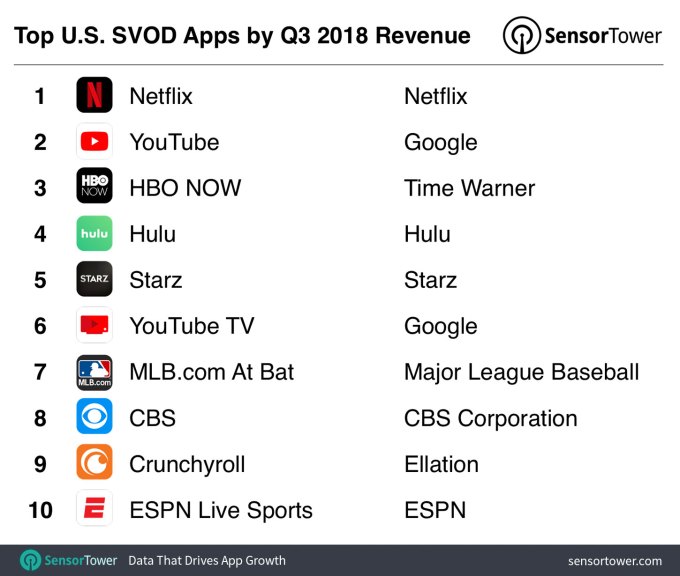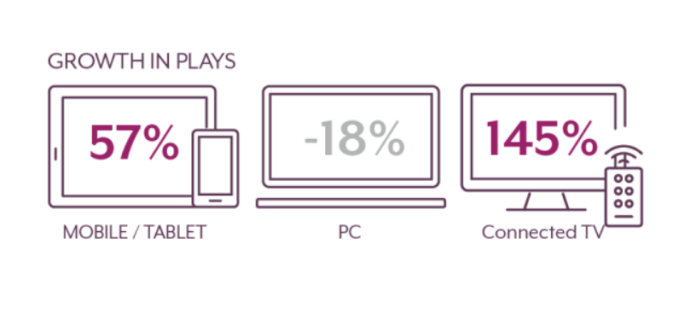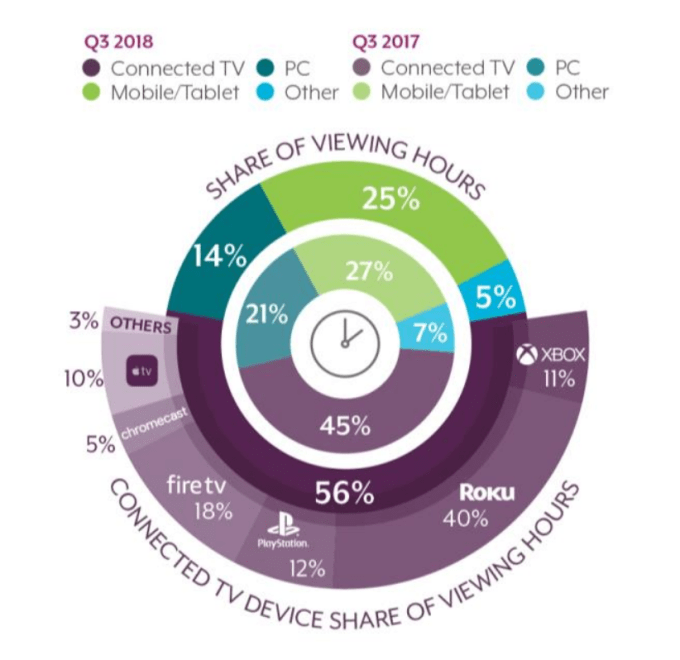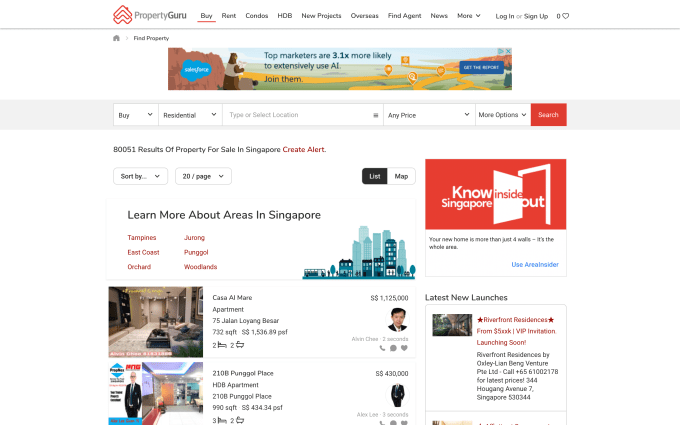Gig workers, freelancers, sharing economy workers — call them what you want to, but the millions who drive you around in Lyfts, drop off your Seamless delivery or work on piecemeal projects from home have become a staple of the American workforce — and their numbers are only set to grow.
A report out today says 56.7 million Americans worked as freelancers in the last year. That is more than 1 out of 3 of the entire labor force.
For full-time employees, a whole array of protections exists to make sure they get paid, are not discriminated against and retain some income if they lose their jobs. From federal employment laws to state laws and city ordinances, employees have recourse for wrongdoing by employers. But for the fast-growing segment of Americans working as freelancers, little to no legal protections exist.
That’s beginning to change. From a modern take on labor unions in the shape of the Freelancers Union to legal tech startups trying to provide freelancers with simple and accessible contracts that protect their rights, freelancer protections are slowly catching up to the incredible growth that the gig economy has seen over the past few years.
Who is freelancing?
The Freelancers in America Study published today provides a window into who’s doing all the gig jobs around. Jointly commissioned by the Freelancers Union, which has more than 400,000 members nationwide, and Upwork, the largest freelancing website, the study is now in its fifth edition.
It found that freelancers live all across the United States, more than 40% of them are younger than 35 and almost two thirds of them found their work online. At the current rate of growth, we can expect the majority of the US workforce to freelance within less than a decade.
For the most part, the study found that freelancers are content with their work. More than half of those surveyed said that no amount of money would get them to take a traditional job. Compared to non-freelancers, freelancers have a better work/life balance and more control over their schedule, resulting in less stress and better health.
Yet, unlike their traditional full-time counterparts, freelancers disproportionately worry about whether they’re going to get paid for the work they complete, and how they can pursue claims for payment if they don’t. Nearly 70% of freelancers have struggled to collect payment for work they’d completed.
Protecting freelancers
This is where organizations like the Freelancers Union come in. Unlike traditional unions, membership in the Freelancers Union is free — with grants from various donors and fees from offering insurance plans covering the Union’s costs. While membership in traditional private-sector unions peaked in the 1970s and has been in a steady decline since, the Freelancers Union has seen steady growth since it was founded in 1995 and is currently growing at a rate of 1,000 new members a week.
Caitlin Pearce, the union’s Executive Director, tells me that freelancers deal with a fundamental power imbalance. With less than a fourth of them using a contract to protect their rights, they are often left at the mercy of the employer. “Freelancers are basically cut off from all the workplace protections that have become commonplace,” she explained.
In response to the concerns of its members, the Union has been advocating for timely payment by employers, access to affordable health care and more income predictability.
Last year, the Union led a successful advocacy drive to pass the “Freelance Isn’t Free Act” by the New York city council. Under this act, businesses hiring freelancers in New York City are required to use a contract, must pay within 30 days of the work being complete, and freelancers can file a claim with the city to resolve issues they have with businesses. If the claim is successful, then businesses have to pay freelancers double the damages, in addition to the freelancer’s attorney fees.
Serious challenges remain. Even the act itself can’t protect workers who work remotely from as close as New Jersey for businesses based in New York. Effective protections need state and federal level laws, but Pearce says that even within New York State they found little appetite for legislation to protect freelancers’ rights.
For now, the Freelancers Union is doubling down on their municipal strategy, advocating for other cities where many freelancers are based to adopt ordinances similar to the one passed in New York.
Pearce says they’ve started to gain traction in Philadelphia and Madison, and are using the New York campaign as a model. New York showed the Union the widespread support they can galvanize for freelancer rights. From traditional labor unions to WeWork and Kickstarter, a wide range of groups came together to support passing the act. In the end, it passed unanimously, with all 51 New York City council members, including three Republicans, supporting it.
“It’s just a common sense law, if you do work you deserve to be paid,” stresses Pearce. The hope now is that same common sense can prevail in other cities, states and eventually federally.
The startup approach
Protections for freelancers are not only coming from union-like organizations. Some legal tech startups are working to provide more affordable contract services directed specifically at freelancers and small businesses.
Gina Pak and Liam Moriarty met during their time at Columbia Law School, and at first followed the typical attorney route of working for high-powered New York law firms. But a few years into their law careers, they both quit their jobs, packed up their Upper West Side apartment and moved out to Los Angeles to co-found Lawgood.
Pak and Moriarty had found that bad contracts in the US were giving rise to more than 12 million lawsuits every single year, costing the national economy more than $600 billion. Freelancers and small businesses can’t afford attorney fees, and so choose to write their own risky contracts, or go without a contract at all, leading to lawsuits when things inevitably go awry.
Instead, Lawgood provides an online service, where freelancers and businesses can upload any contract they have questions about and get feedback for the fraction of the cost of hiring an attorney.
Then, the company’s system combines a network of carefully vetted lawyers with artificial intelligence technology designed to detect potential problems in the contract. Each user gets a marked-up contract that provides notices of potential issues, simplified explanations of complex wording, and suggestions on how to negotiate.
Pak tells me that as things currently stand, “laws are just inadequate when it comes to protecting freelancers and are not keeping up with the times.” A well-drafted contract can protect both the freelancer and the company that hires them. But in her experience, even the word contract has a bad rep. “It’s a pain point that people just don’t want to go through, and some freelancers are even hesitant to ask for a contract because they don’t want to signal a lack of trust in the person hiring them.”
This means that for Lawgood, apart from enabling freelancers to get affordable, easy to understand contracts, they have to advocate for behavior change. They have to convince freelancers that contracts are one of the most effective communication tools if written well. “Don’t think of it as distrust,” encourages Pak, “but a tool for both sides to succeed and be clear on expectations.”
What does the future hold for supporting freelancers’ rights?
While organizations like the Freelancers Union and startups like Lawgood offer some hope for freelancers, it’s clear that more national level protections are needed to make sure freelancers aren’t taken advantage of.
In that sense, the Freelancers in America Study offers some important clues as to why politicians everywhere should be paying more attention to freelancers. Apart from the fact that they already represent more than 1 out of 3 American workers, the study showed that freelancers are 19 points more politically active than non-freelancers.
Even more strikingly, a whopping 72% of freelancers said they’d be willing to cross party lines to vote for candidates who support freelancers’ rights.
Pearce says one of the best outcomes from publishing the study is quantifying the number of freelancers, a loose and dispersed constituency that had not been properly counted before. The hope now is that their size, level of political engagement and willingness to cross party lines, will lead to politicians taking on their cause and eventually pass legislation protecting their rights. Until that happens, freelancers should push for contracts that protect them and join groups like Freelancers Union to amplify their voices.




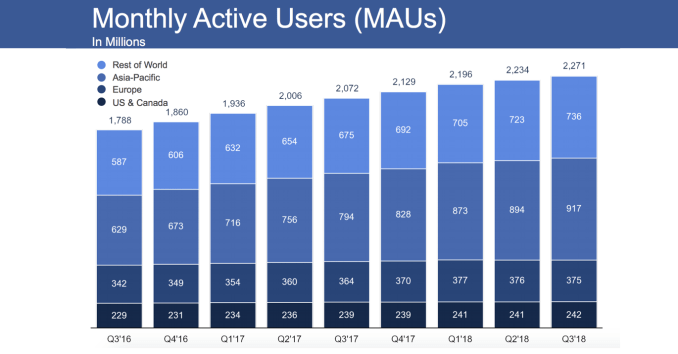
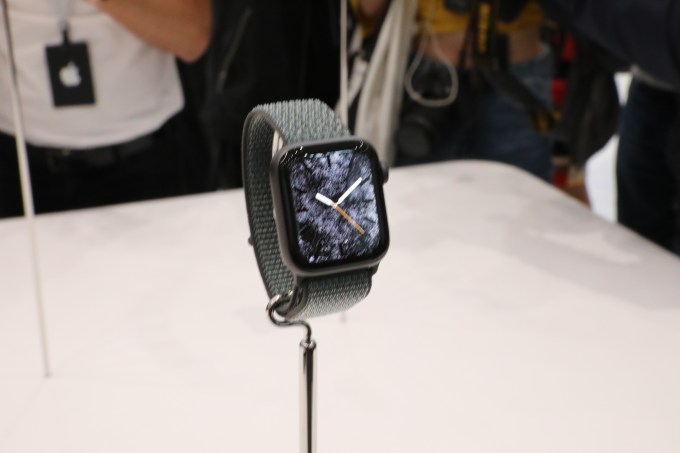
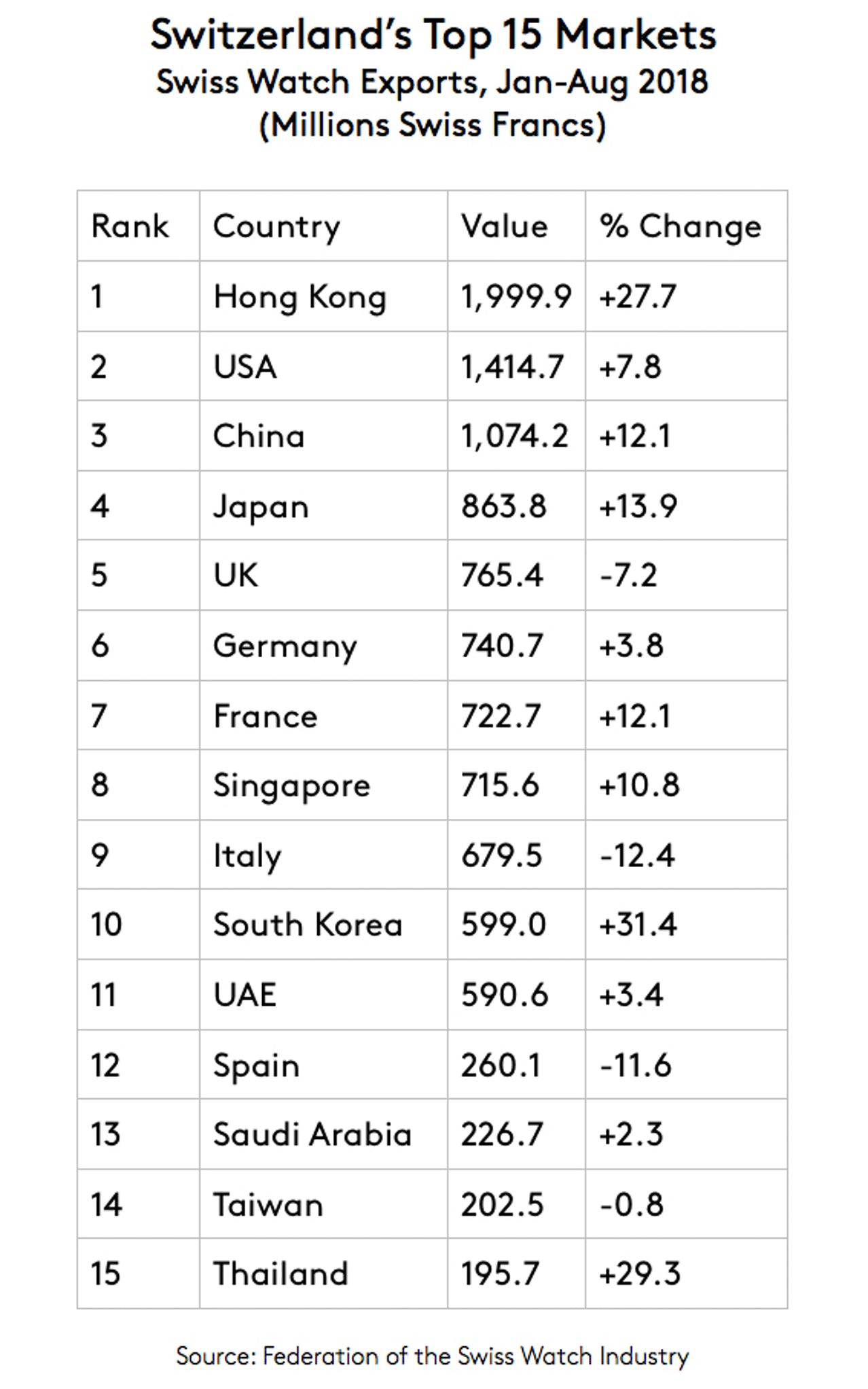 As you might have noticed the Swiss watch industry is still standing. The major Swiss houses – LVMH, Richemont, and Swatch Group – are seeing a major uptick in sales, especially in the US. According to the
As you might have noticed the Swiss watch industry is still standing. The major Swiss houses – LVMH, Richemont, and Swatch Group – are seeing a major uptick in sales, especially in the US. According to the 
